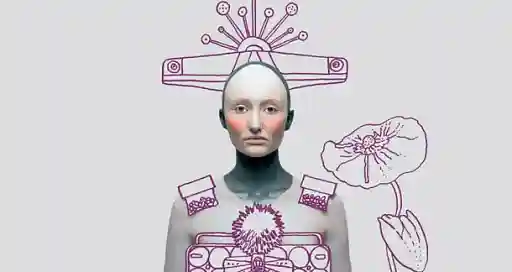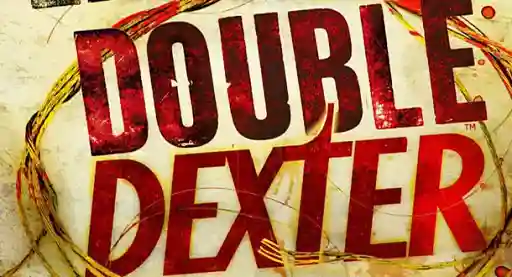Bookshots: Pumping new life into the corpse of the book review
Title:
Unflattening
Who wrote it?
Nick Sousanis, Postdoctoral Fellow in Comics Studies at the University of Calgary
Plot in a box:
Sometimes words just aren't enough, and images are needed to expand our modes of thinking and creativity.
Invent a new title for this book:
Harvard's Illustrated Guide to Visual Thinking
Read this if you like:
Italo Calvino, philosophy, alternative modes of seeing, bibliographies, expanded consciousness, The Power of Myth
Meet the book's lead(s):
You, you are this book's lead, and hopefully you're open-minded enough to take on that responsibility.
Said lead(s) would be portrayed in a movie by:
A faceless automaton, Pinocchio, The Very Hungry Caterpillar, A. Square, the Mona Lisa—wait, maybe I did this backwards...
Setting: Would you want to live there?
We all live in Flatland, but maybe someday we can break free.
What was your favorite sentence?
While image is, text is always about. In relying on text as the primary means of formulating understanding, what stands outside its linear structure is dismissed, labeled irrational—no more conceivable than the notion of "upwards" to a flatlander.
The Verdict:
In case you haven't noticed by now, this is a very unique book. I was told that Unflattening is the "first doctoral dissertation written and drawn entirely in comic book form," but that's misleading. This isn't a comic book. Nick Sousanis has done something rather incredible: he has taken philosophical concepts, scientific theories, classical myths, contemporary allegories, and notions of the bounds (or lack thereof) of visual thinking and combined them into a stunning work of graphic literature that exists simultaneously as signpost and road, instruction manual and finished product. Pulling from a vast array of sources across time, space, and subject, he examines the nature of text, image, and thought in a way that could only be successfully done "in comic book form." His work could not be performed adequately through text alone, something which his work both illustrates and explains. It's all very deep and intellectual, but with cool pictures.
I wasn't convinced that Sousanis had any clue what he was doing until chapter 2, but once it hit me, I was completely hooked. It was page 37, actually, of the roughly 200-page book (including notes, acknowledgements, and bibliography—in my opinion the work proper was over too soon). Sousanis does not merely proselytize on the benefits of examining new modes of thinking, doing, and learning; he practices what he preaches on every page. There are times when the narration is a bit dry, especially at the very beginning, but as he begins to weave various concepts in and out of the river that is his explanation of dimensionality of thought, the world comes alive both within the book and in the greater world around it. I wouldn't go so far as to say this book opened my eyes to entirely new ways of thinking about the world, but it certainly opened my eyes to entirely new ways of thinking about learning. Sousanis jumps from one source to another, citing and name-dropping and referencing and alluding and generally drawing up the history of human thought to present an understanding of the world that admits a lack of understanding, and it's all very engaging. I was left wishing that more concepts were taught in this way, not only visually, but through a marriage of text and image that makes the best possible use of both. Sousanis plays around with text placement and repetition in an attempt to stretch the boundaries of what is considered practical in a work of graphic fiction, always in aid of the point that he's examining. I've done a poor job of explaining precisely what this book is about, but that's kind of the point: the best way to explain the ideas the book covers is through the visual avenues that the book traverses.
Some people aren't interested in learning, so this book wouldn't be for them, but anyone who is curious, who faces their admitted ignorance with excitement at the possibility of the constant education it implies, they will find joy in Unflattening. We should encourage this type of teaching, because learning should always be this fun.

About the author
Brian McGackin is the author of BROETRY (Quirk Books, 2011). He has a BA from Emerson College in Something Completely Unrelated To His Life Right Now, and a Masters in Poetry from USC. He enjoys Guinness, comic books, and Bruce Willis movies.







